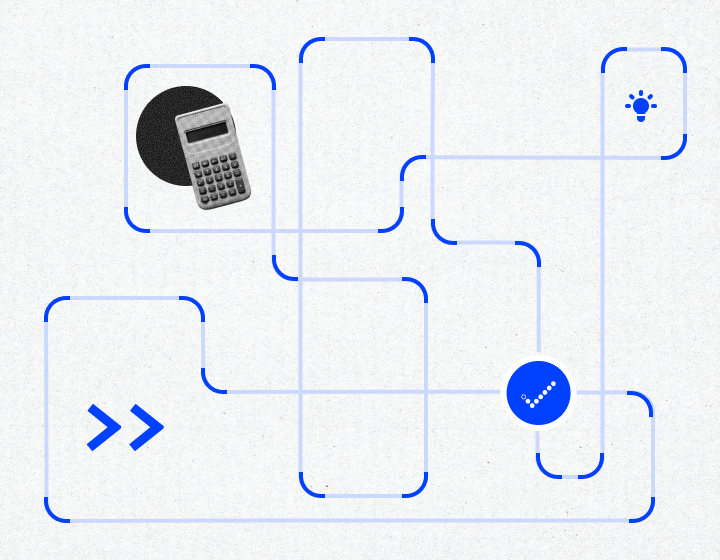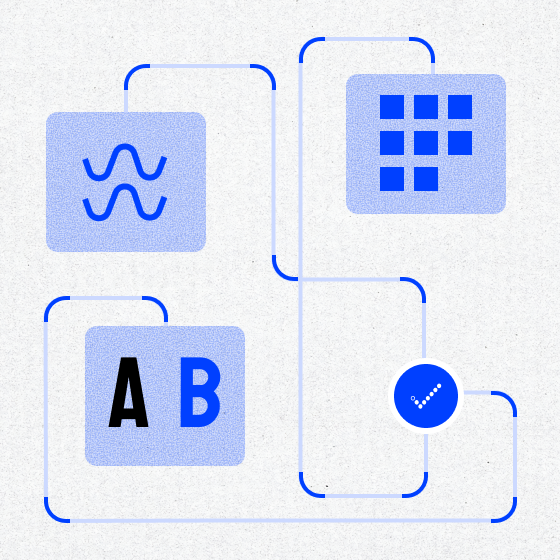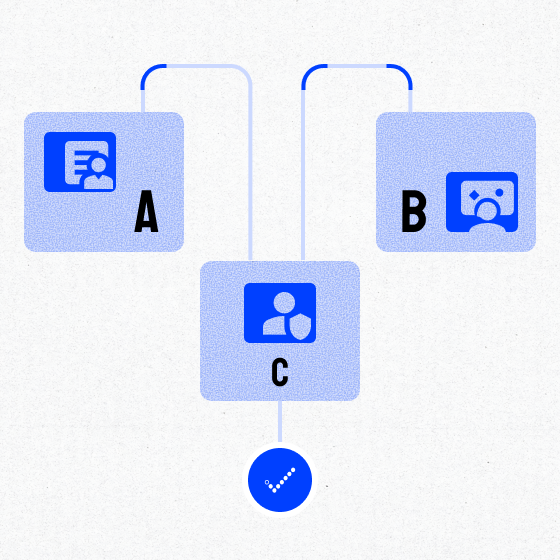The EU AI Act is comprehensive legislation that regulates AI systems based on risk, applying to providers and deployers of AI systems in the European Union market. Adopted in 2024, it establishes a horizontal regulatory framework covering all sectors and use cases.The regulation addresses:

Organizations must assign clear AI governance roles, including board-level oversight, to ensure responsible deployment of AI systems. This includes establishing internal policies, risk frameworks, and operational procedures while maintaining adequate resources and expertise to oversee safe and compliant AI lifecycle management.
AI systems should be evaluated and classified by their risk level, with continuous risk assessments performed from design through deployment. Documented mitigation strategies and regular reviews ensure risks are proactively identified, monitored, and reduced as systems evolve.
High-quality, relevant, and representative data is essential for trustworthy AI. Organizations must monitor for bias, protect personal data, track data lineage, and document all data sourcing and preprocessing activities to maintain transparency and compliance with privacy standards.
Comprehensive documentation is required to explain how AI systems function, their intended use, technical architecture, development methods, and validation metrics. This includes detailed records of risk controls, performance evaluations, and testing methodologies to support auditability and regulatory compliance.
Users and impacted individuals should be fully informed about AI system capabilities, limitations, and decision-making involvement. Organizations must label AI-generated content, ensure human oversight, and provide clear communication so individuals understand when and how AI influences outcomes.
AI systems must be designed to enable meaningful human control. Clear oversight responsibilities, defined intervention processes, and adequate training ensure humans can monitor performance, override outcomes when necessary, and escalate issues effectively.
The EU AI Act is the world's first comprehensive legal framework for AI, establishing mandatory requirements based on risk levels. Organizations deploying AI in Europe must comply or face penalties up to €35 million or 7% of global turnover. The regulation impacts any organization with AI systems used by EU persons, regardless of where the organization is headquartered.









